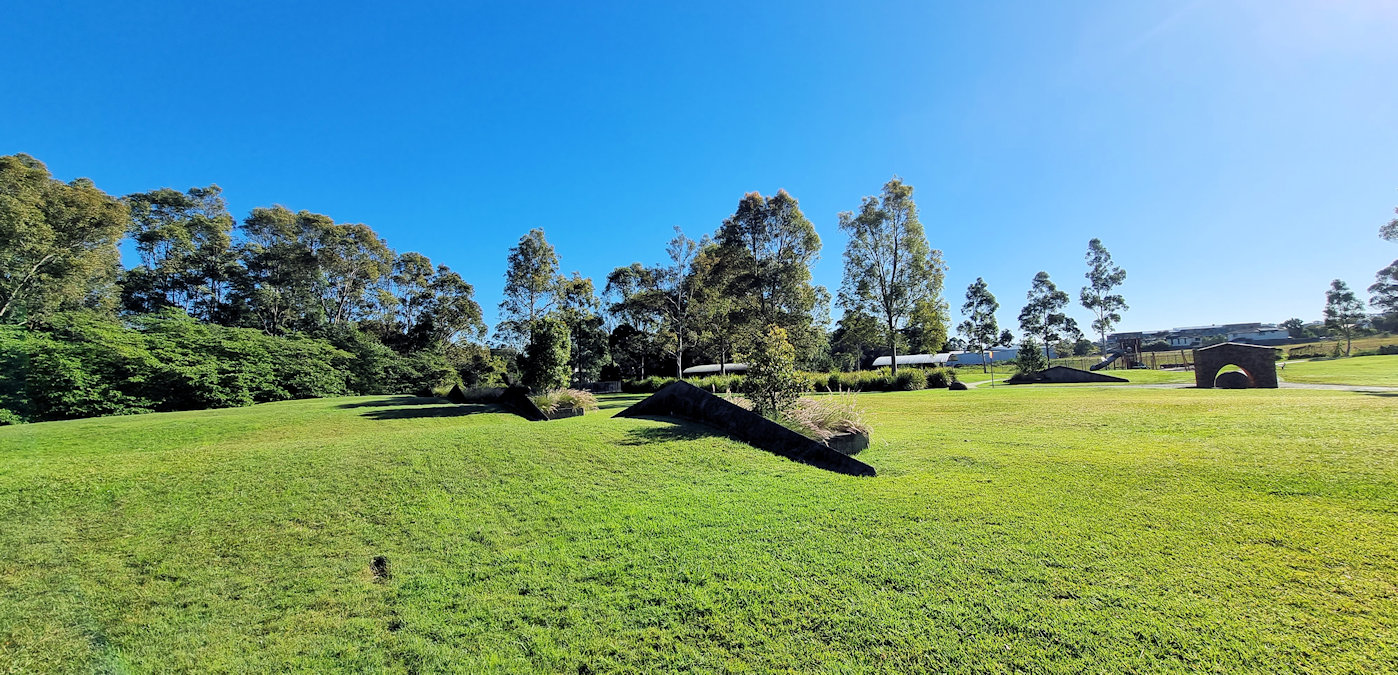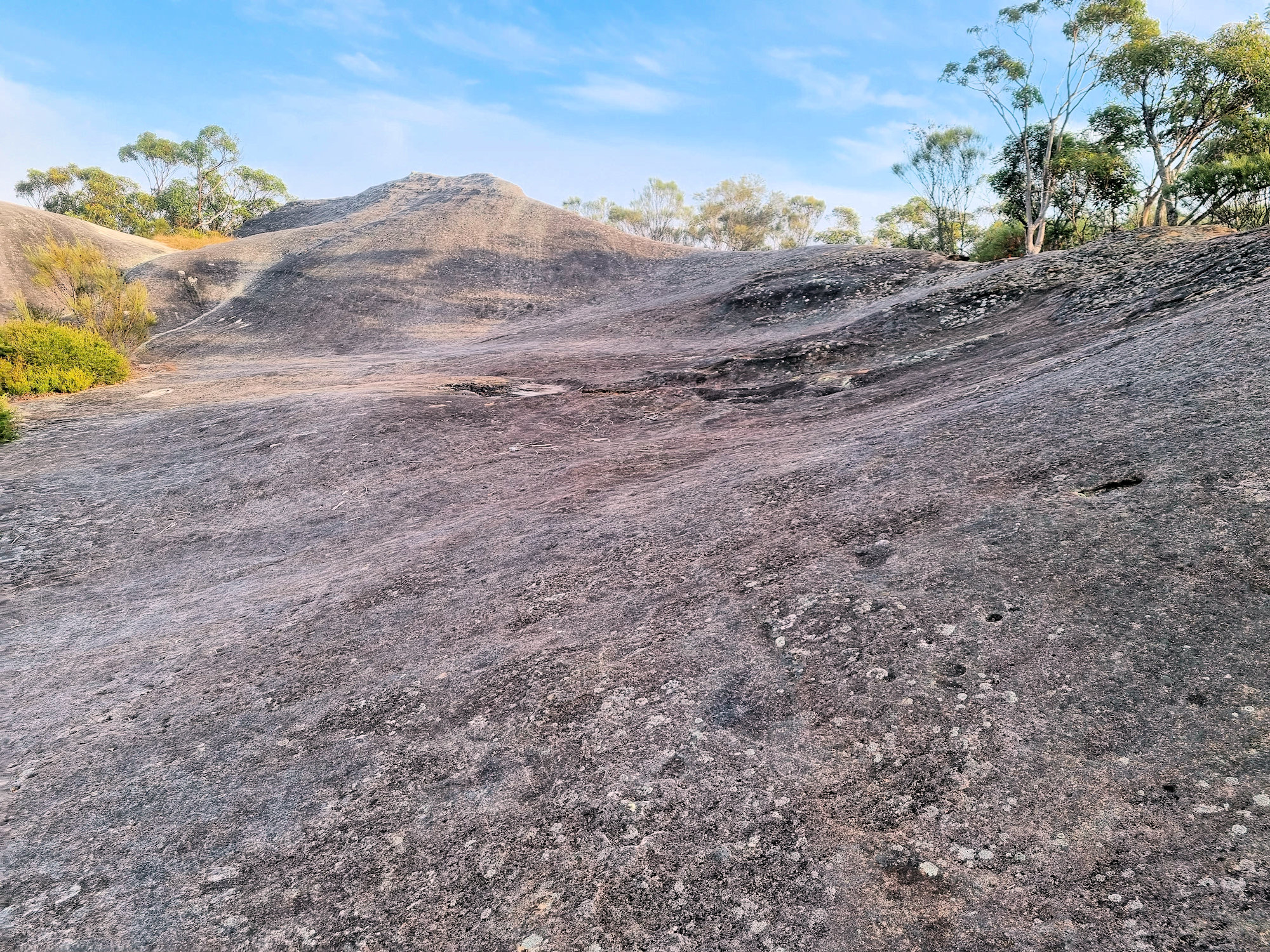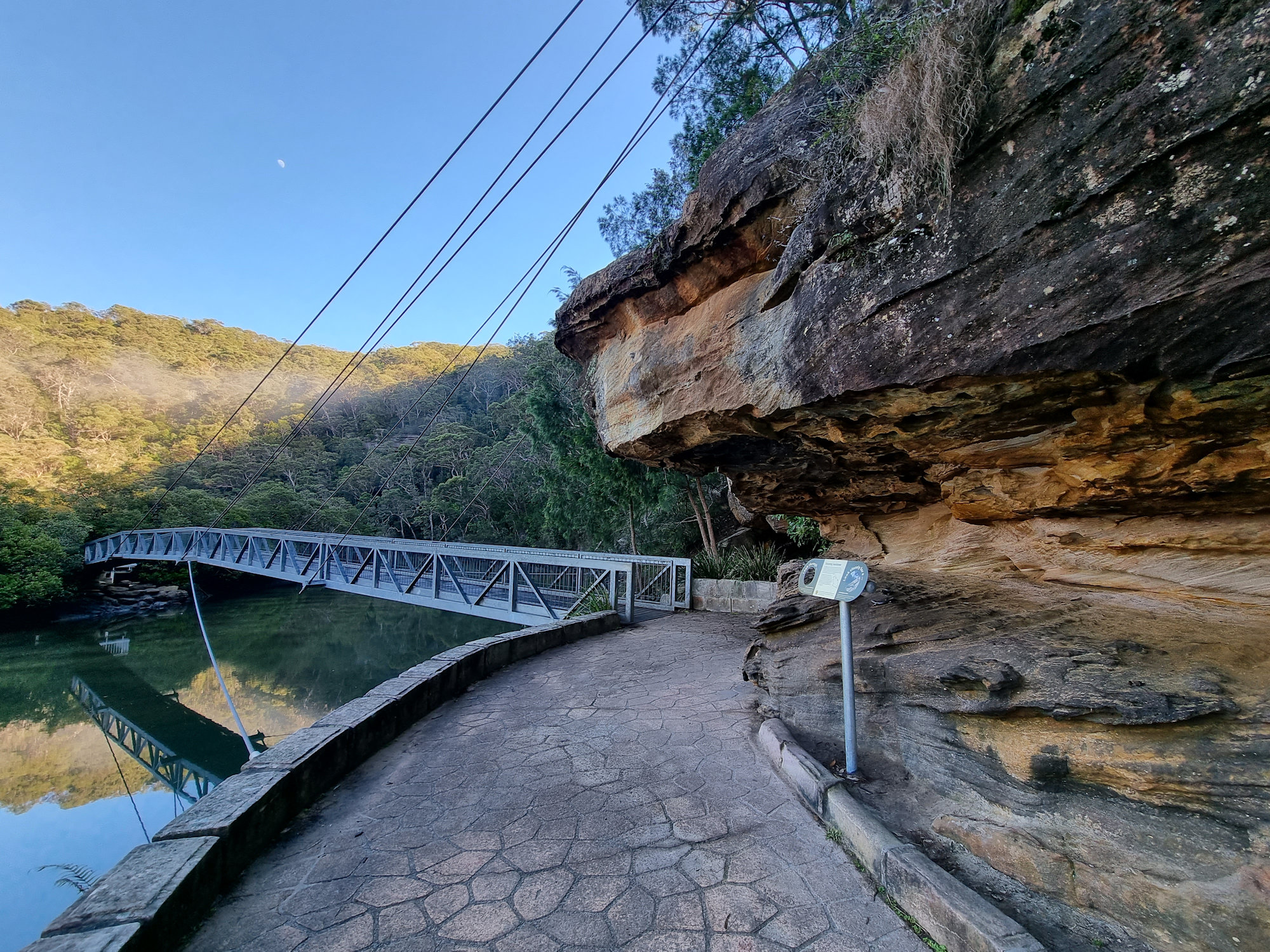Tag: Bush Walking
-
Wallsend Brickworks Park

Wallsend Brickworks Park Wallsend Brickworks Park is a public park in Wallsend, Newcastle Australia, located at the site of a historic brickmaking operation which ran from 1891 to 1977. Featuring a playground, picnic shelters, barbecues, a pond with birdlife, and remnants of the brickworks’ machinery, it’s a great family destination. The park is also part… Read more
-
Elephant Rock Central Coast

Elephant Rock Central Coast Located on the New South Wales Central Coast in Brisbane Water National Park, Elephant Rock is less than five-minutes drive from Patonga, 25 minutes from Gosford or 1 Hour 20 minutes from Sydney by car. There are several ways to reach Elephant Rock, depending on how far you want to walk,… Read more
-
Bobbin Head Mangrove Boardwalk

Bobbin Head Mangrove Boardwalk Located in the Kuring-gai Chase National Park, access to the Bobbin Head Mangrove Boardwalk will cost $12.00 per car for a day. This will cover you for any other parts of the National Park you visit on that day too. The fee allows you to use the picnic areas and walking… Read more